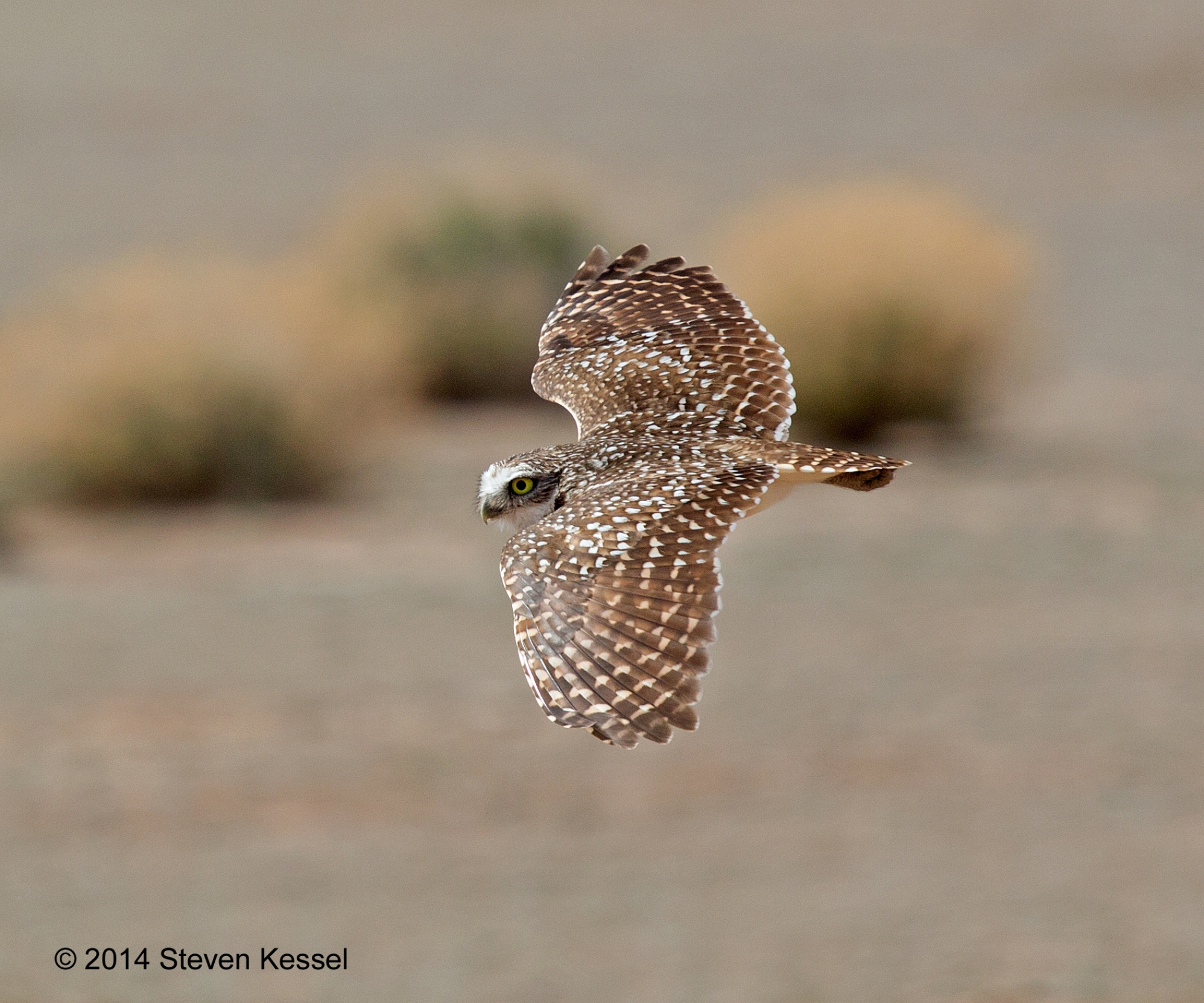You may enlarge any image in this blog by clicking on it. Click again for a detailed view.
This is the third in a series of images that I’ve posted about Rambur’s Forktail, a tiny and brilliantly colored damselfly. This is an image of a female with prey in her jaws, a damselfly of another species.
I think it’s a pretty cool image, but it’s also instructive because it tells you something about the nature of these beautiful insects. All damselflies and dragonflies are predators, and pretty fierce ones at that. This little damselfly has taken on another similarly equipped damselfly nearly her own size and triumphed.
Damselflies and dragonflies are pretty long-lived insects although they spend the vast majority of their lives as larvae (nymphs). The nymphs are aquatic gill breathers, and they may spend years in that form, molting many times before they finally emerge as adults. As nymphs these insects prey on a variety of aquatic life. Depending on the size and species of dragonfly or damselfly, the nymphs may go after prey so small as to be difficult for us to perceive or as large as tadpoles and small fish. When these insects finally emerge as adults they continue in their predatory ways for the few short weeks or months of their adult lives. Both dragonflies and damselflies are remarkably adept at catching other insects on the wing, being able to visualize, pursue, and capture insects as small as gnats and mosquitoes.
I didn’t see the attack that led to the situation that I’ve depicted here. I have no idea whether the Rambur’s Forktail captured its victim in flight or whether it pounced on it while it was perching. Either way, it’s a pretty impressive feat, considering that both insects are similarly equipped and nearly the same size.
Image made with a Canon 5DS-R, 180mm f3.5 L Macro Lens, illuminated by Canon Ringlite, stabilized by monopod, M setting, ISO 100, f13 @ 1/160.

What an amazing and sobering capture. I had no idea they could handle prey that size. Formidable!